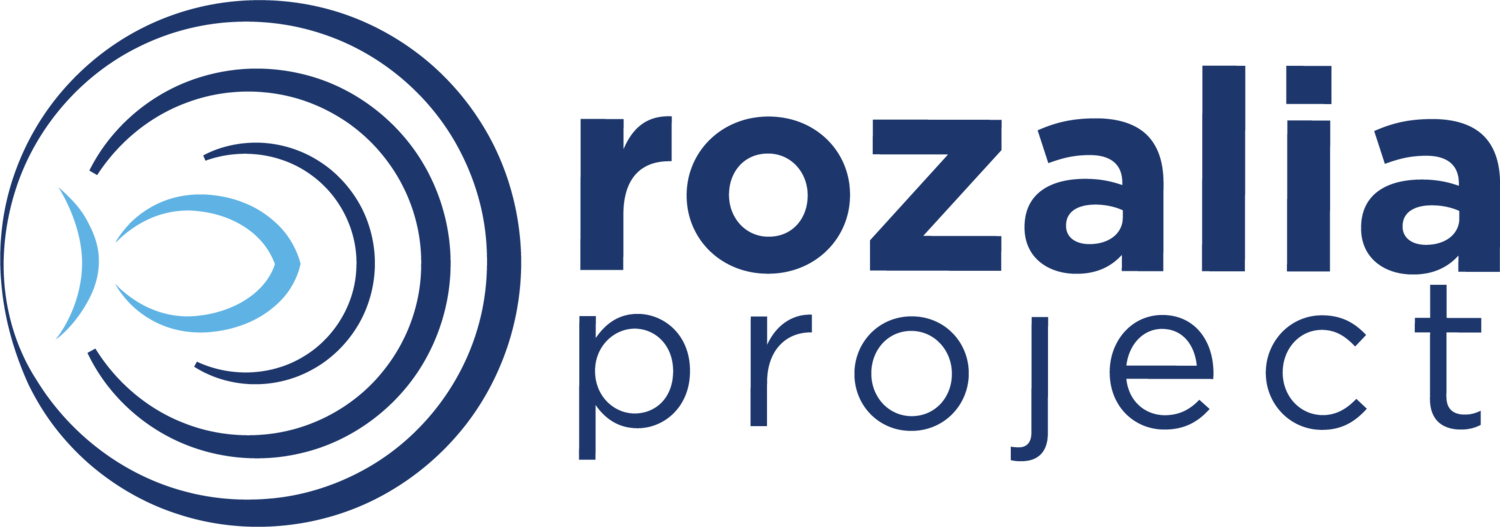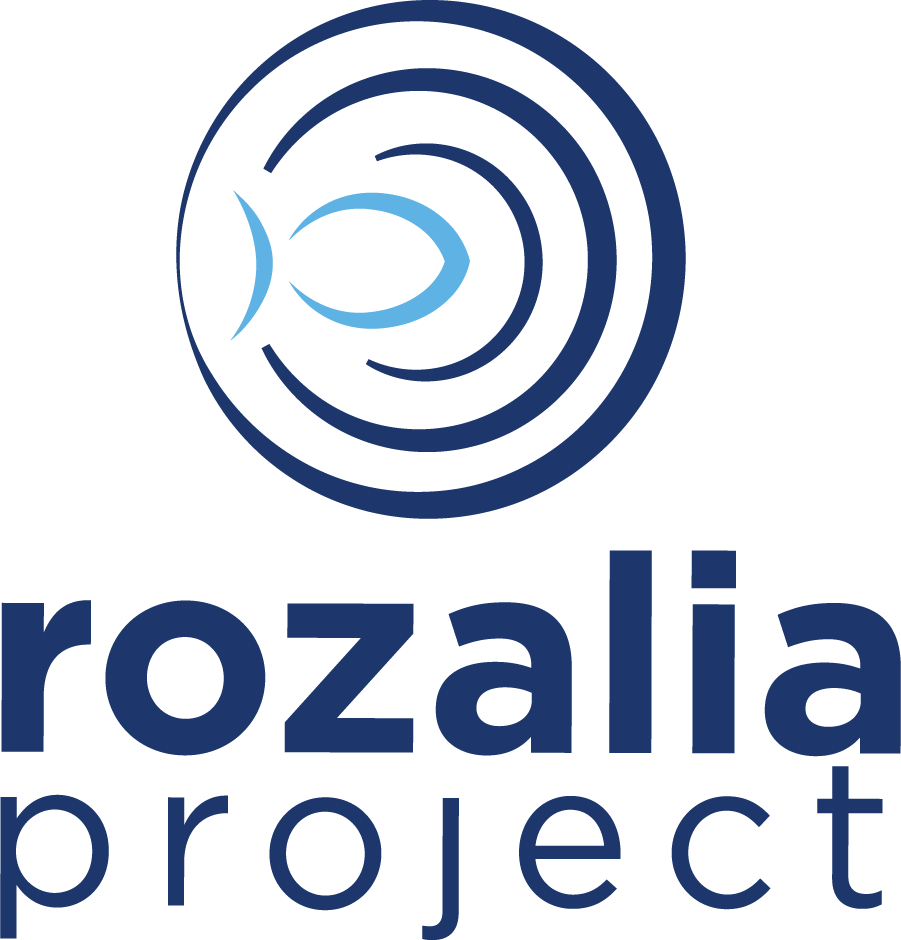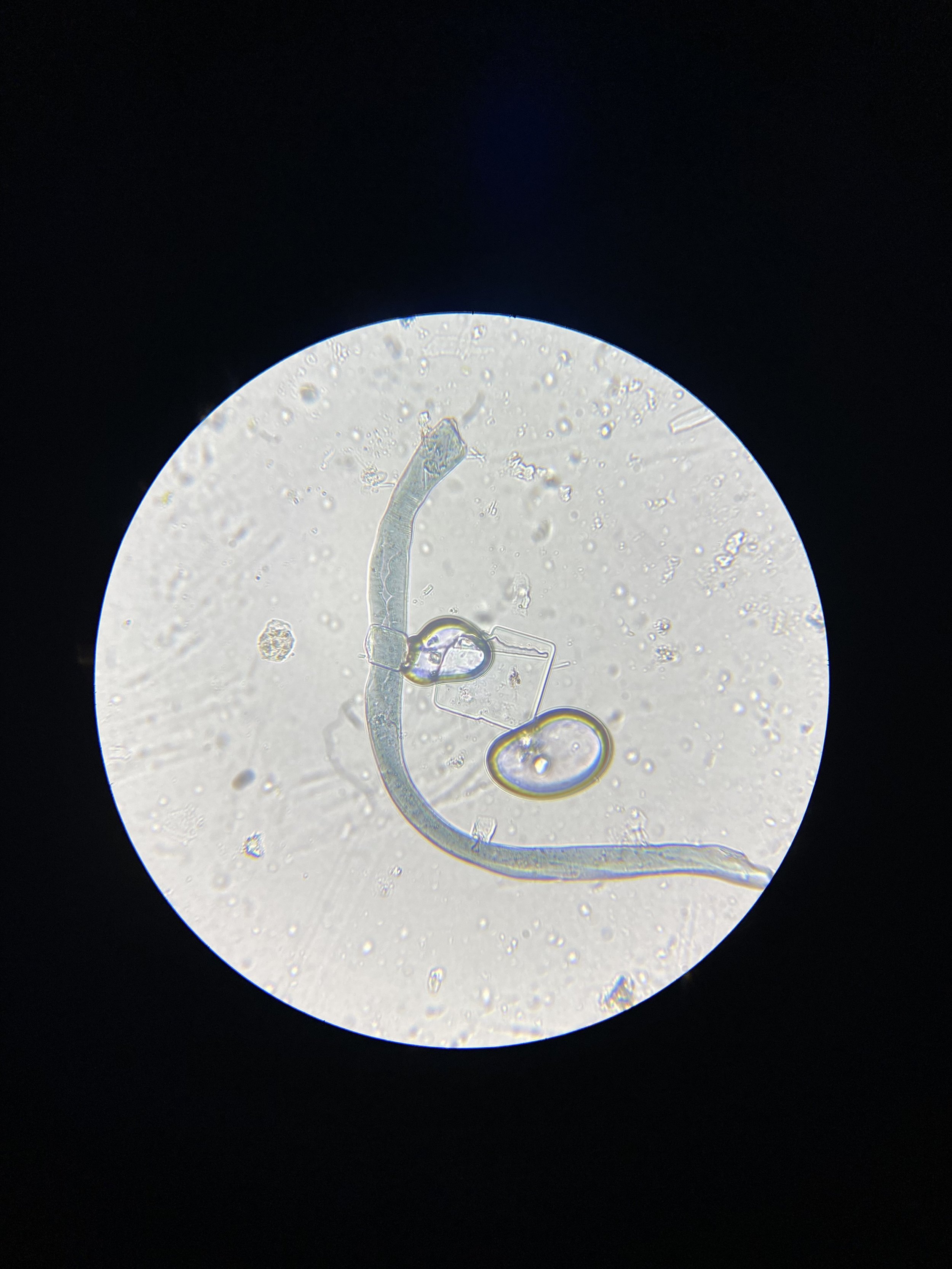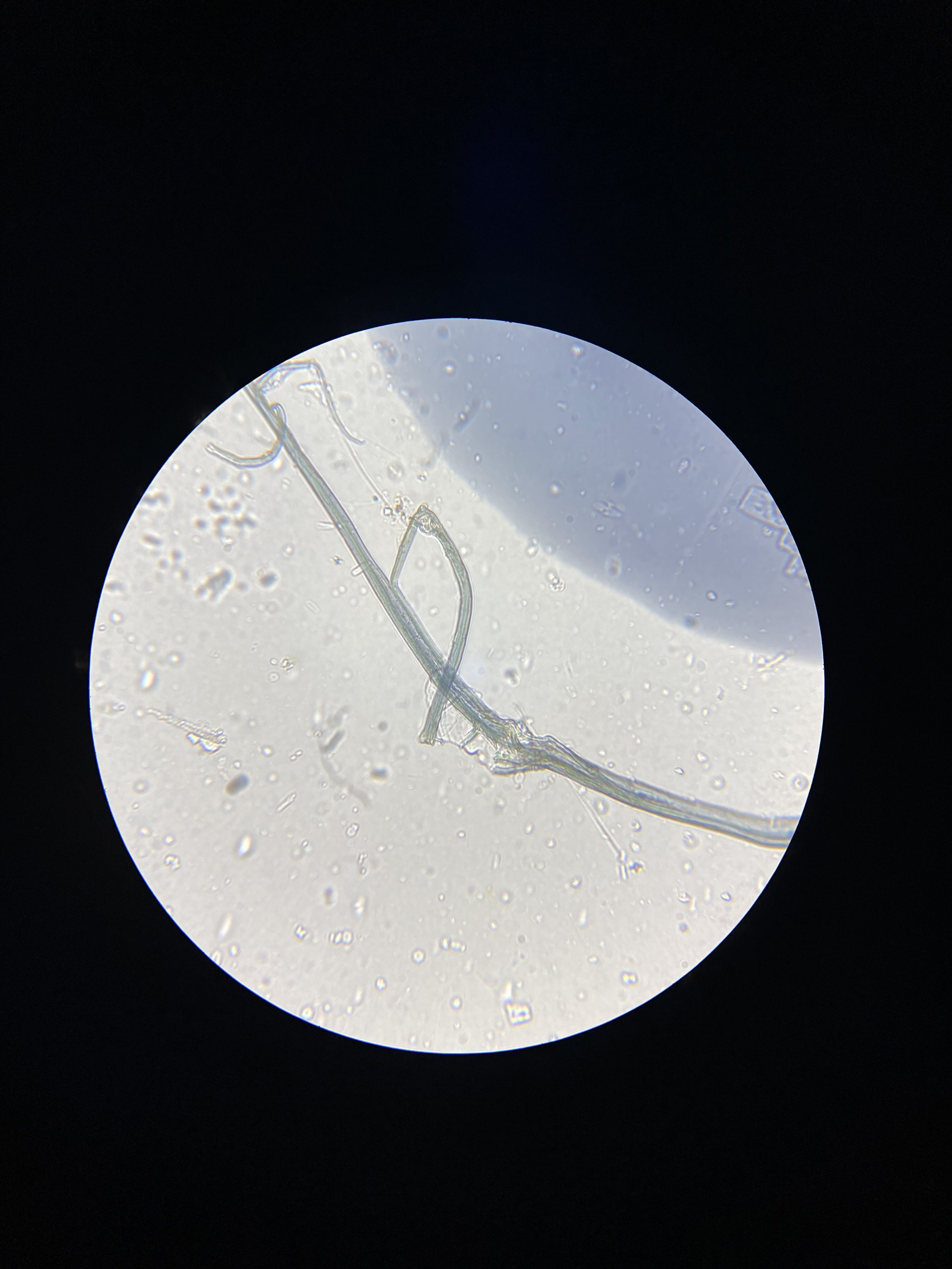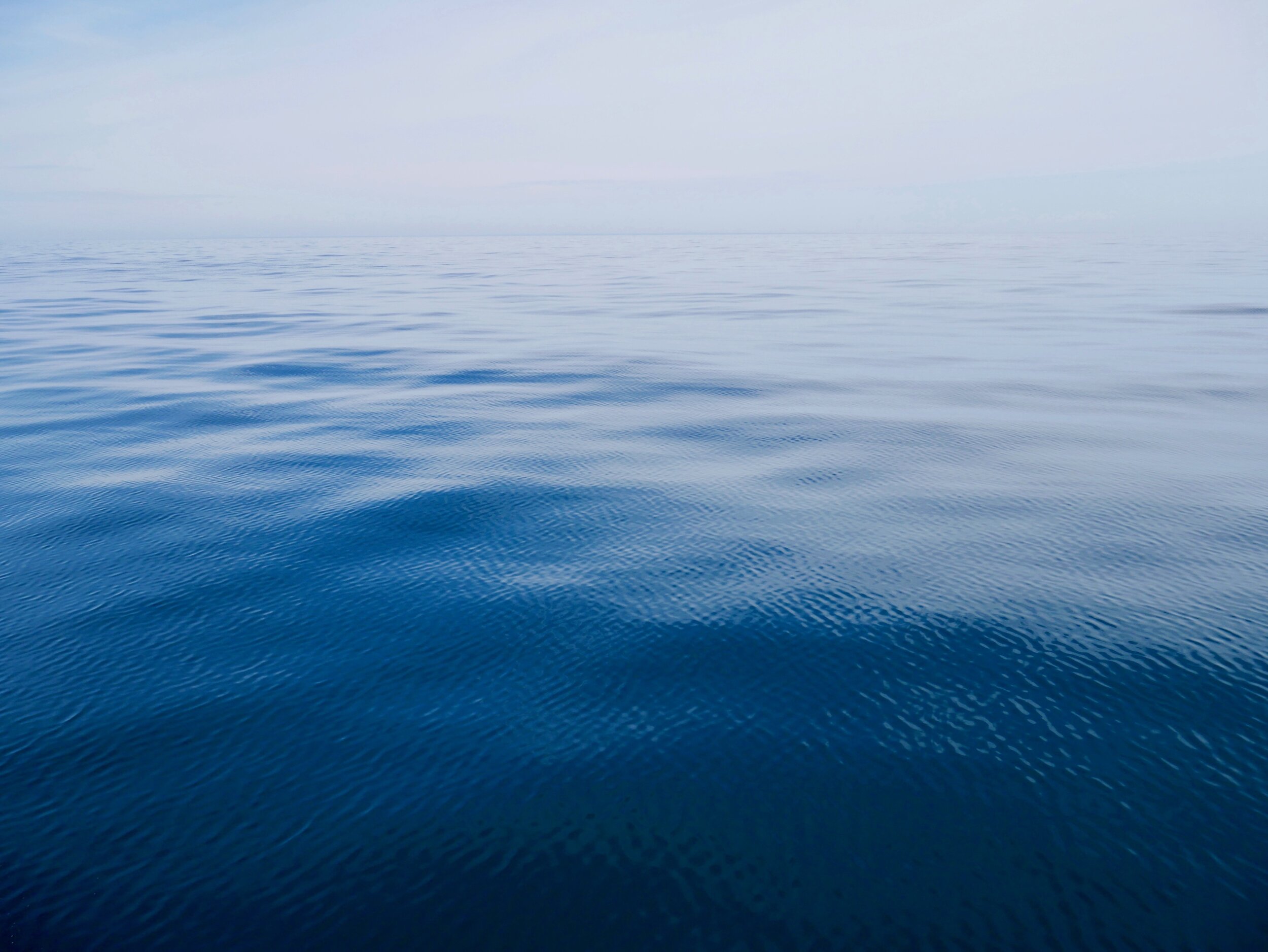
Future Study
We know enough about the microplastic and microfiber pollution problems to take action. However, the better we understand our problems, the better our solutions.
Cora Ball and Rozalia Project teams have conducted several studies to date, but there are a heap of opportunities for meaningful and impactful capstone projects and topics for theses, and advanced degrees
Following are some suggestions for areas of future study based on our own experiences doing our own expedition science and working on this problem on the whole. This list is by no means exhaustive and does not include the myriad questions that still remain concerning questions of toxicology and the health of the flora, fauna and fungi that interact with microparticles.
This list changes yearly. *Current version: September 2024.
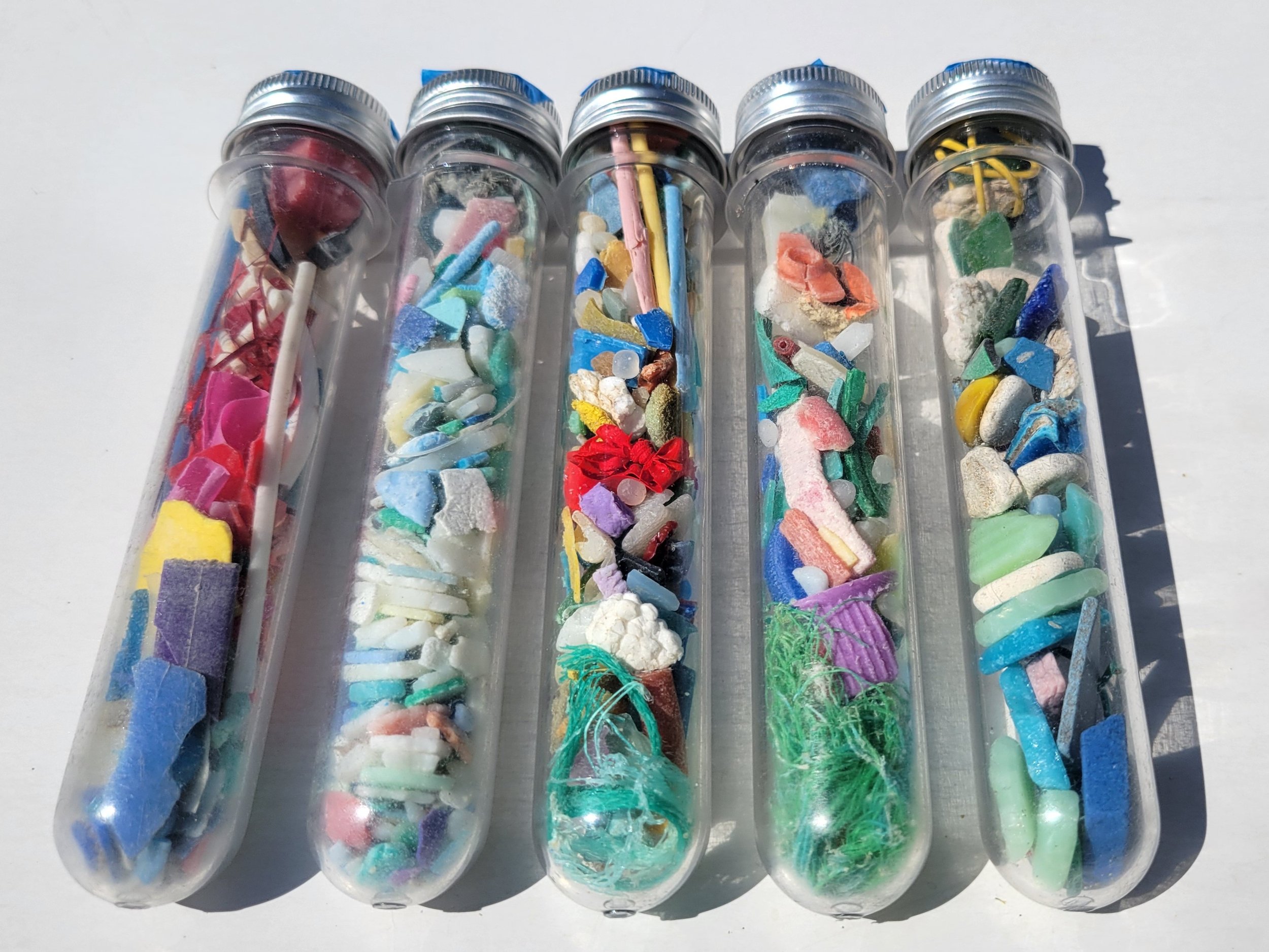
General Topics
These are studies that, we believe, are necessary to improve our understanding of these problems in a way that advances solutions.
Cotton and natural fiber degradation study (in salt and fresh water)
Synthetic fiber degradation study (in salt and fresh water). A useful focus would be on the types of materials that are most often found in the region of the testing.
Follow up to the above: a comparison of degradation studies in different regions of the world.
A study that looks at the effluent of condensing dryers and washer/dryer combos.
A study that looks at the efficiency of different sizes and shapes of dryer lint traps.
A study that looks at the effect of backpacks on fiber fragmentation and a follow-up to reduce the effects (if found).
A study that compares the shed-rate of rPET to virgin PET in different garments including fleece, t-shirts and sweatshirts.
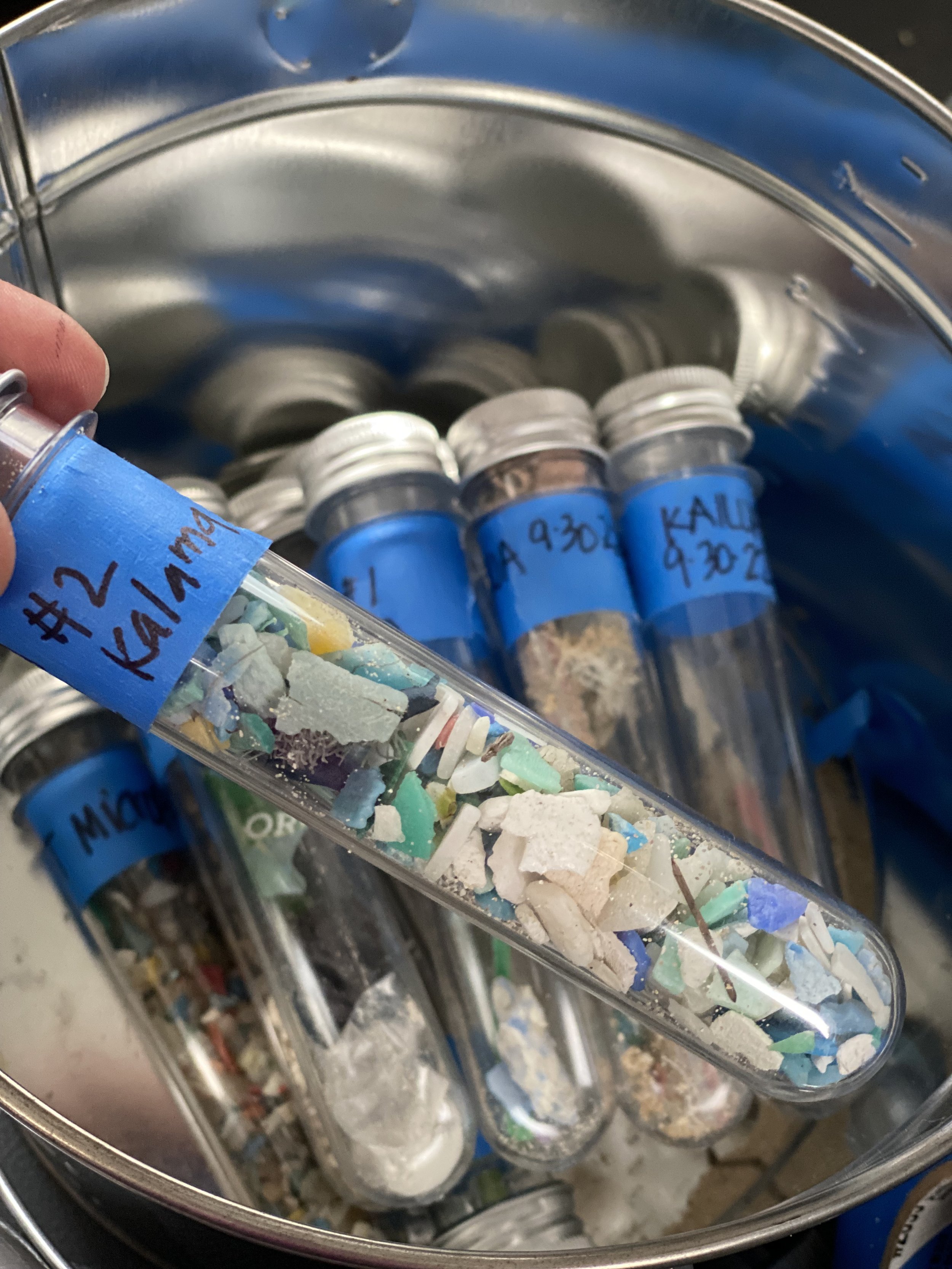
Regional Studies
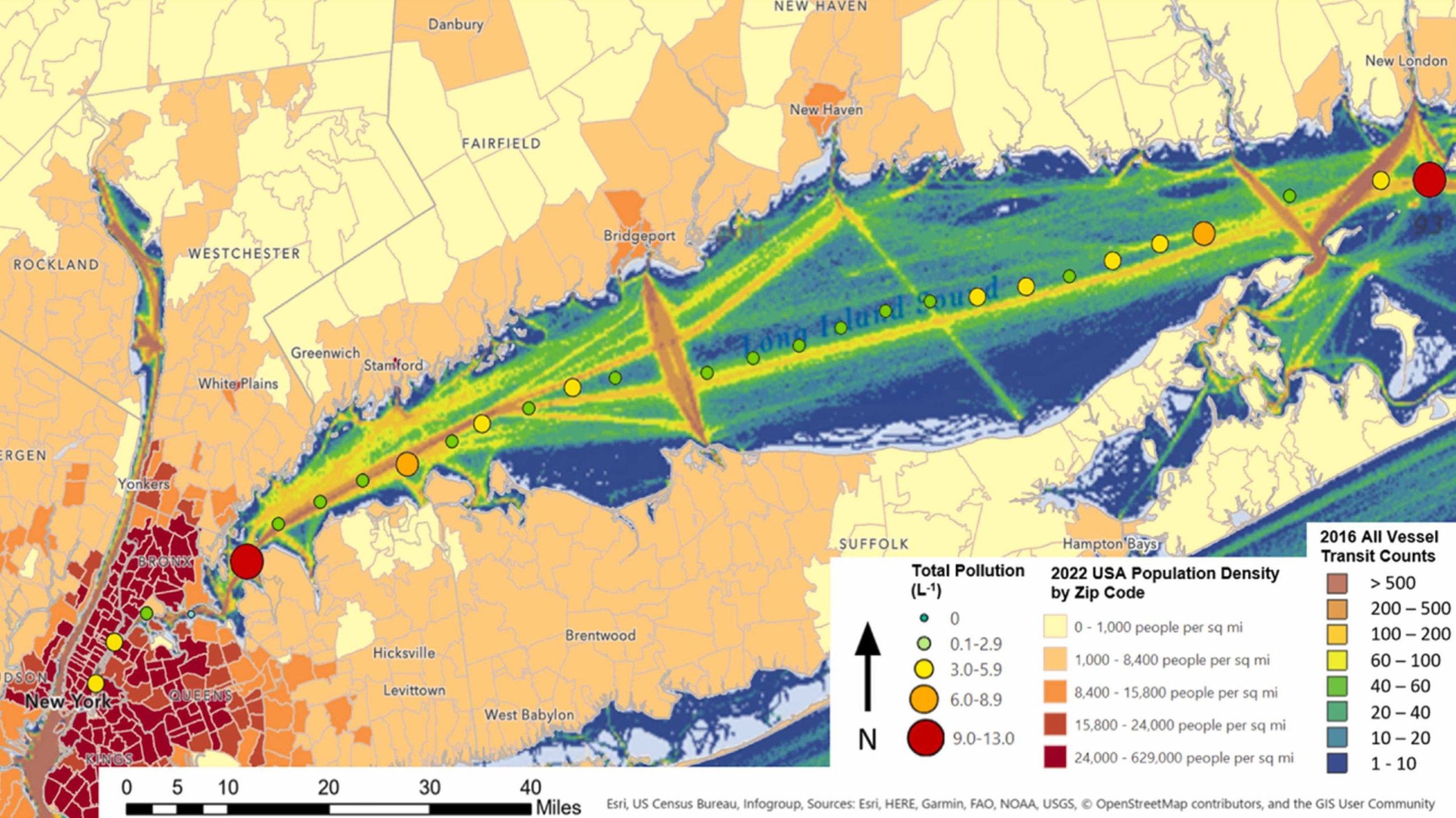
Long Island Sound
The suggestions below are based on our expedition sampling the length of Long Island Sound from Brooklyn to The Race. Details can be found on our paper here.
A study that looks at whether there is a relationship between the presence of microparticles and areas of increased boat and ship traffic.
A study that looks at how rivers of varying volume contribute to microparticle pollution in Long Island Sound.
Studies that compare seasonal concentration and distribution of microparticles throughout LIS.
Found by our team throughout Long Island Sound, New York Harbor and the Hudson River, the abundance of blue polypropylene fragments are a mystery we would love help to solve. If you or someone you know has an idea of where the fragments came from or a way to learn more about them (the particles are currently preserved under tape on glass slides). If you need access to this paper or are interested in this study with a high potential for near-term impact, contact us at micro@rozaliaproject.org
Arctic Svalbard
The fjords of Norway and sub-Arctic islands in the North Atlantic
In addition to comparing opposite poles, future research in the same or similar locations (see our Arctic StoryMap for sampling locations), but at different times of the year would produce insights into seasonal differences or fluctuations that could be influenced by weather, the presence of sea ice, and changes in human activities, like fishing effort.
Antarctica and the Southern Ocean including the Falkland Islands and South Georgia
Similar to the Arctic, in addition to comparing opposite poles, future research in the same or similar locations (see our Southern Ocean StoryMap), but at different times of the year would produce insights into seasonal differences or fluctuations that could be influenced by weather, the presence of sea ice, and changes in human activities, like fishing effort and tourism.
One thing to note is that our ship was one of the very first to be on this track for the 2023-2024 Antarctic season. A fascinating comparison study would be to sample in the same places but on one of the last ships of the season.
A study that compares results across multiple sub-Antarctic islands with particular attention to how damaged the particles are and whether the categories stay diverse.
A study that compares results from multiple locations south of the ACC.
Hawaiian Archipelago
Dr. Jennifer Lynch and her team at the Center for Marine Debris Research shared with us that during our expedition in 2022, the Pacific Garbage Patch was particularly far away from the Hawaiian Archipelago.
The CMDC and their partners have been tracking the position of the Garbage Patch and making observations about the marine debris washing up on Hawaiian shores - and there is a connection. In years when the Patch is close, there is more debris.
That means that what we found in our water and air samples as well as what we observed on Kalama Beach is likely less microplastic and microfiber pollution than what Hawai'i normally experiences.
This makes ongoing datasets done by local communities and researchers in Hawai'i even more important as they can help track seasonal as well as larger-scale changes that could affect the presence or absence of marine debris of all sizes.
